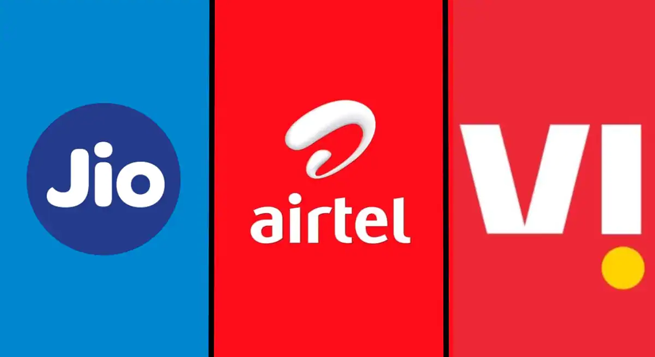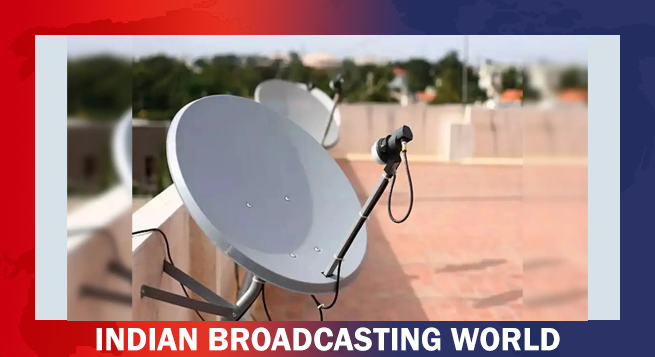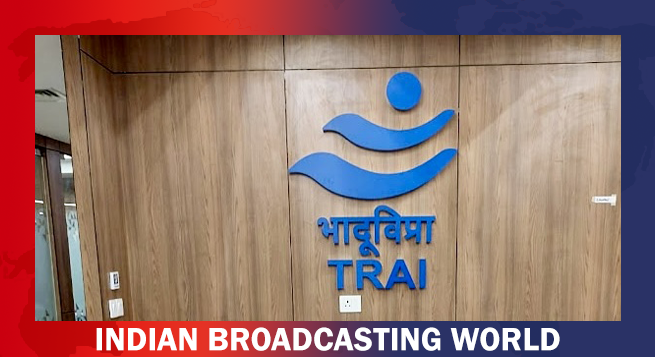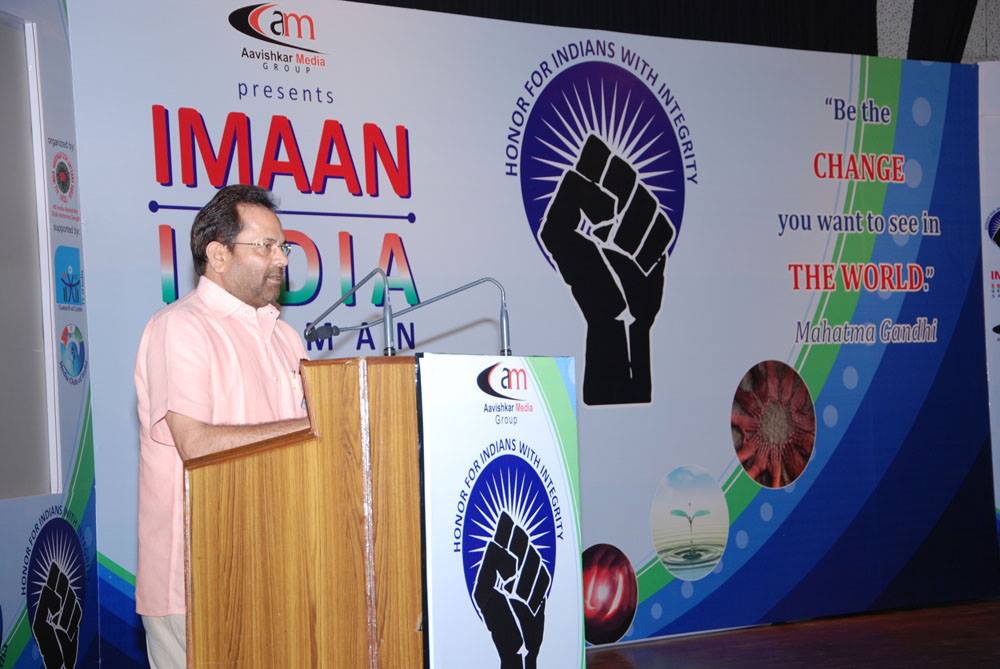Reliance Jio gains users Airtel, Vi lose 2G customers
New Delhi,18-November – 2023, By IBW Team

 Govt. not considering rules for use of AI in filmmaking: Murugan
Govt. not considering rules for use of AI in filmmaking: Murugan
 DTH revenue slide to ease to 3–4% this fiscal year: Report
DTH revenue slide to ease to 3–4% this fiscal year: Report
 At Agenda Aaj Tak, Aamir, Jaideep Ahlawat dwell on acting, Dharam
At Agenda Aaj Tak, Aamir, Jaideep Ahlawat dwell on acting, Dharam
 JioHotstar to invest $444mn over 5 years in South Indian content
JioHotstar to invest $444mn over 5 years in South Indian content
 Standing firm, TRAI rejects DoT views on satcom spectrum fee
Standing firm, TRAI rejects DoT views on satcom spectrum fee
 Diljit Dosanjh wraps shoot for untitled Imtiaz Ali film
Diljit Dosanjh wraps shoot for untitled Imtiaz Ali film
 ‘Bhabiji Ghar Par Hai 2.0’ to return with comedy, chaos, a supernatural twist
‘Bhabiji Ghar Par Hai 2.0’ to return with comedy, chaos, a supernatural twist
 BBC names Bérangère Michel as new Group CFO
BBC names Bérangère Michel as new Group CFO
 ‘Border 2’ teaser to be unveiled on Vijay Diwas
‘Border 2’ teaser to be unveiled on Vijay Diwas
 CNN-News18 Rahul Shivshankar takes editorial charge
CNN-News18 Rahul Shivshankar takes editorial charge
New Delhi,18-November – 2023, By IBW Team


SatCab symposium organized by Aavishkar Media Group is an annual event. It's a well-informed event where we have a panel discussion on the current affairs and future forecasting on our industry.

BCS Ratna Award organized by Aavishkar Media Group is an annual event. In this award function, a community of our industry is honored by receiving the award for the contribution of their work.

Chetna Yatra organized by Aavishkar Media Group is an annual event. Held by Dr. AK Rastogi, Chairman of Aavishkar Media Group. Pilgrimage India in his car for connecting the people of our industry.

Imaan India Samman is an event mobilized by Aavishkar Media Group, which was launched in 2012. Giving the award to the NGOs for giving their contribution to society.